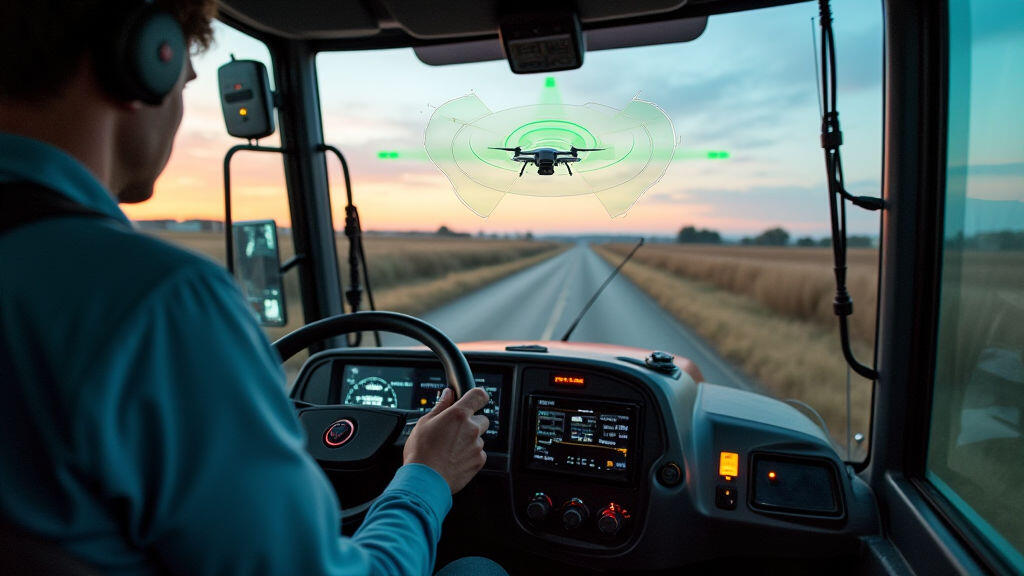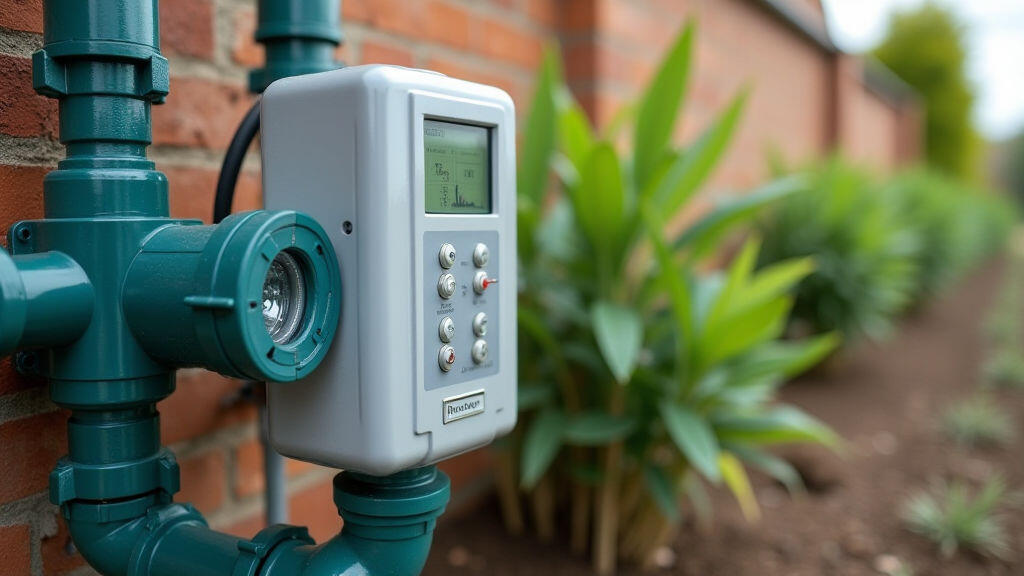
Modern agriculture is no longer just about large fields and rows of crops; it’s about precision, sustainability, and automation. Central to this transformation are Variable Frequency Drive (VFD) motors – the invisible brains that adjust the speed of electric motors on demand. In the manufacturing of agricultural machinery, VFDs are more than just a power‑management device; they are the linchpin that connects mechanical processes to intelligent control systems, enabling smarter, greener, and more profitable farming.
In this article we’ll explore what VFD motors are, why they matter in agriculture, specific applications that showcase their benefits, and what the future holds for their integration with IoT and AI. By the end, you’ll see how these components are shaping the next generation of farming equipment.
At its heart, a VFD motor is an electric motor paired with a drive that can change the frequency of the electricity supplied to it. Traditional motors run at a fixed speed, only varying by turning the power on or off. A VFD, on the other hand, “throttles” the motor speed by adjusting the frequency and voltage of the supply. This precision allows the motor to run exactly at the speed required for the job—whether that’s a slow, steady pull or a rapid, high‑torque push.
Key features include:
Because of these qualities, VFDs are widely adopted in industrial settings. In agriculture, however, they are helping engineers rethink how machines interact with the soil and crops.
Below are several common pieces of equipment where VFD motors are making a difference:
Modern tractors are essentially high‑power powertrains with multiple components: the main engine, hydraulic pumps, front and rear wheels, and more. Traditional hydraulic pumps operate at a fixed speed, regardless of demand from implements (e.g., balers, sprayers). A VFD can match pump speed to the exact flow required, ensuring sprayers apply the right amount of pesticide, or a rotary mower adjusts its cutting height on the fly.

Threshers and combine harvesters rely on precise timing. VFD motors adjust the rotation of the threshing drum, ensuring optimal separation of grain from chaff. In conditions where humidity or kernel hardness varies, the motor can modulate speed automatically, keeping yield and quality consistent.
Seed drills, transplanters, and tillers require adaptive speeds to work with different soil densities. VFDs allow implements to automatically calibrate their advance and depth motors, reducing the need for manual adjustments and preventing over‑compaction of soil.
Water often needs to be delivered at varying flow rates depending on crop stage and weather. A VFD‑driven pump can quickly ramp up or down, providing just the right amount of water while conserving energy—a crucial advantage in water‑scarce regions.

Using VFD motors confers numerous advantages that align with the broader goals of smart manufacturing:
Beyond individual benefits, these motors become the foundational layer of an ecosystem where data—such as motor load, speed, and temperature—flows into cloud platforms. Manufacturers and farmers can use this data to predict maintenance, optimize field plans, and even predict weather responses.
The next wave of innovation is focused on blending VFD technology with Internet of Things (IoT) connectivity and Artificial Intelligence (AI). Imagine a combine that not only adjusts its drum speed but also “decides” when to slow down based on real‑time grain moisture analysis. Or a seed drill that self‑optimizes its deployment rate by learning from past yields.
These advances will pave the way for farms that adapt almost instantaneously to changing conditions, a concept known as “precision agriculture 2.0.”
Variable Frequency Drive motors are quietly redefining the manufacturing of agricultural machinery. By providing fine‑grained speed control, VFDs enable tractors, harvesters, and so‑called “smart” implements to operate with unprecedented efficiency and precision. The resulting benefits—lower energy consumption, reduced machine wear, consistent crop quality, and compliance with environmental regulations—are already visible on farms worldwide.
As the industry moves toward more sophisticated IoT and AI integration, VFD motors will serve as the vital bridge between mechanical action and data‑driven decision making. Their continued evolution promises not only higher profits for manufacturers and farmers but also a more sustainable relationship with our planet’s resources.
In the era of smart farming, the humble Variable Frequency Drive is no longer a niche component but a cornerstone of intelligent manufacturing, shaping a future where agriculture is efficient, resilient, and truly data‑centric.
Leave A Reply
Your email address will not be published. Required fiels are marked